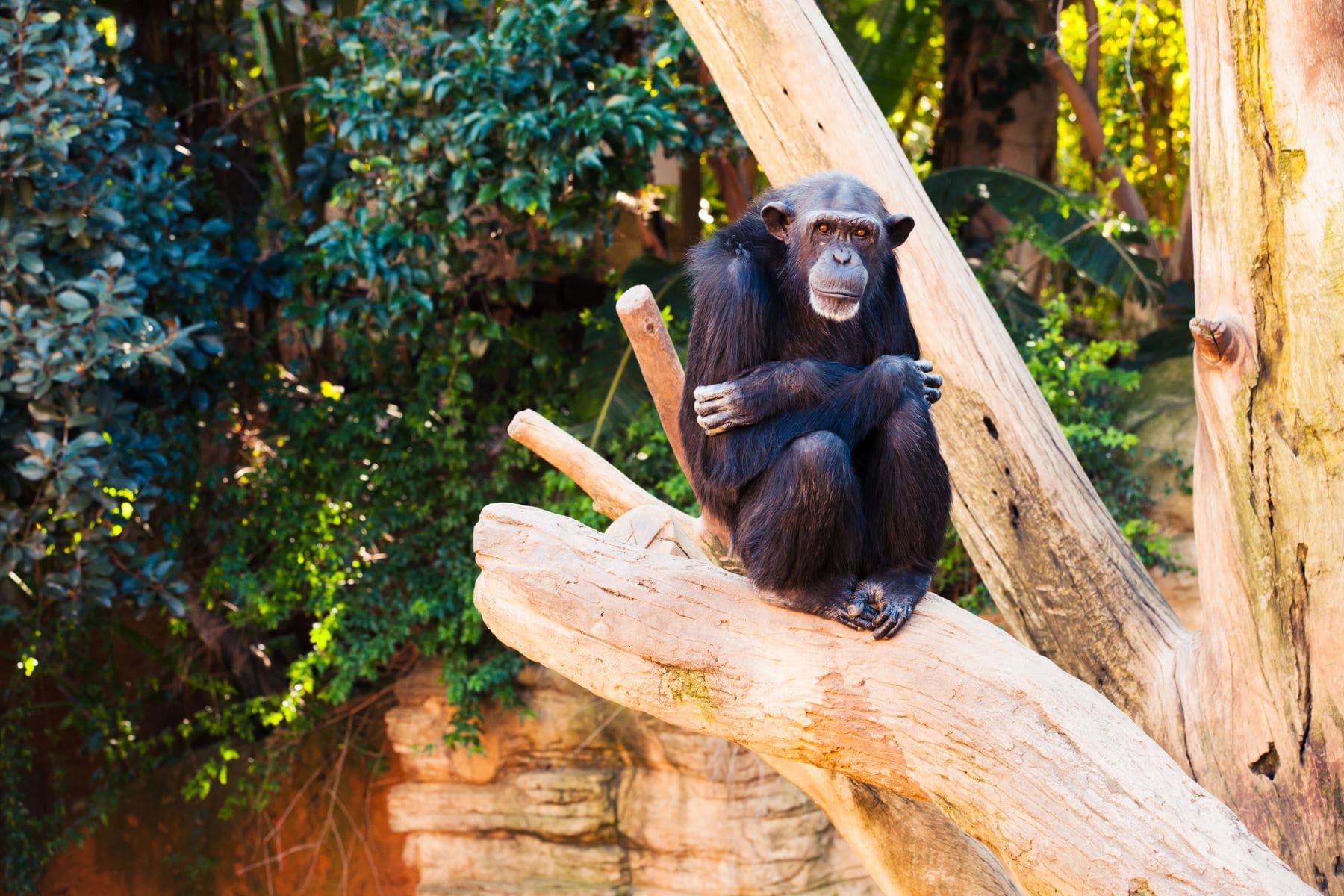Chimpanzees and Bonobos They belong to the genus Pan and are the closest living evolutionary relatives of the species Homo sapiens sapiens. There is a common ancestor dating back about 4.5 to 6 million years ago, which explains why they share 98.7% of their DNA.
Chimpanzees live in the equatorial belt of Africa a range that includes areas in 21 countriesfrom Senegal in the west to Tanzania in the east. Given their wide distribution, they live in a wide variety of habitats, including montane forests, primary and secondary rainforests, savannas, swamp forests and mosaic forests.
Social contagion among chimpanzees
And A new study published in Current Biology on chimpanzees has revealed a fascinating event known as ‘contagious urination’. Researchers from Kyoto University noted that when one specimen urinates, others are more likely to follow. This behavior, documented in Japan’s Kumamoto Shrinecould have deep evolutionary roots and parallels with the human behavior.

The team, led by a biologist Ena Onishiconducted over 600 hours of observations and recorded 1,328 urine attempts among 20 captive chimpanzees. The results show that these events were significantly synchronous in time and that the probability of ‘contamination’ increased with physical proximity to the first specimen to urinate.
A particularly interesting finding was that individuals of lower social rank urinated more often than others. This suggests that urinary patterns are influenced by social hierarchy, with a tendency to ‘flow down’ the dominance structure. The researchers emphasize that this manifestation could have similarities with human behavior. For example, Onishi mentions that issues of human nature, co-urination can be seen as a social phenomenon and a cultural practice.
Strengthening social ties
Shinya Yamamoto, co-author of the study, adds that these results open up multiple interpretation possibilitiessuch as the strengthening of social bonds or an attentional bias among lower-ranking individuals.


Experts plan to conduct further research to understand the specific functions and mechanisms underlying contagious urination in chimpanzees, and to investigate whether this phenomenon also occurs in other species. This finding is not alone sheds light on the behavior of our closest relativesbut also raises questions about the evolution of social behavior and their importance in group cohesion.

